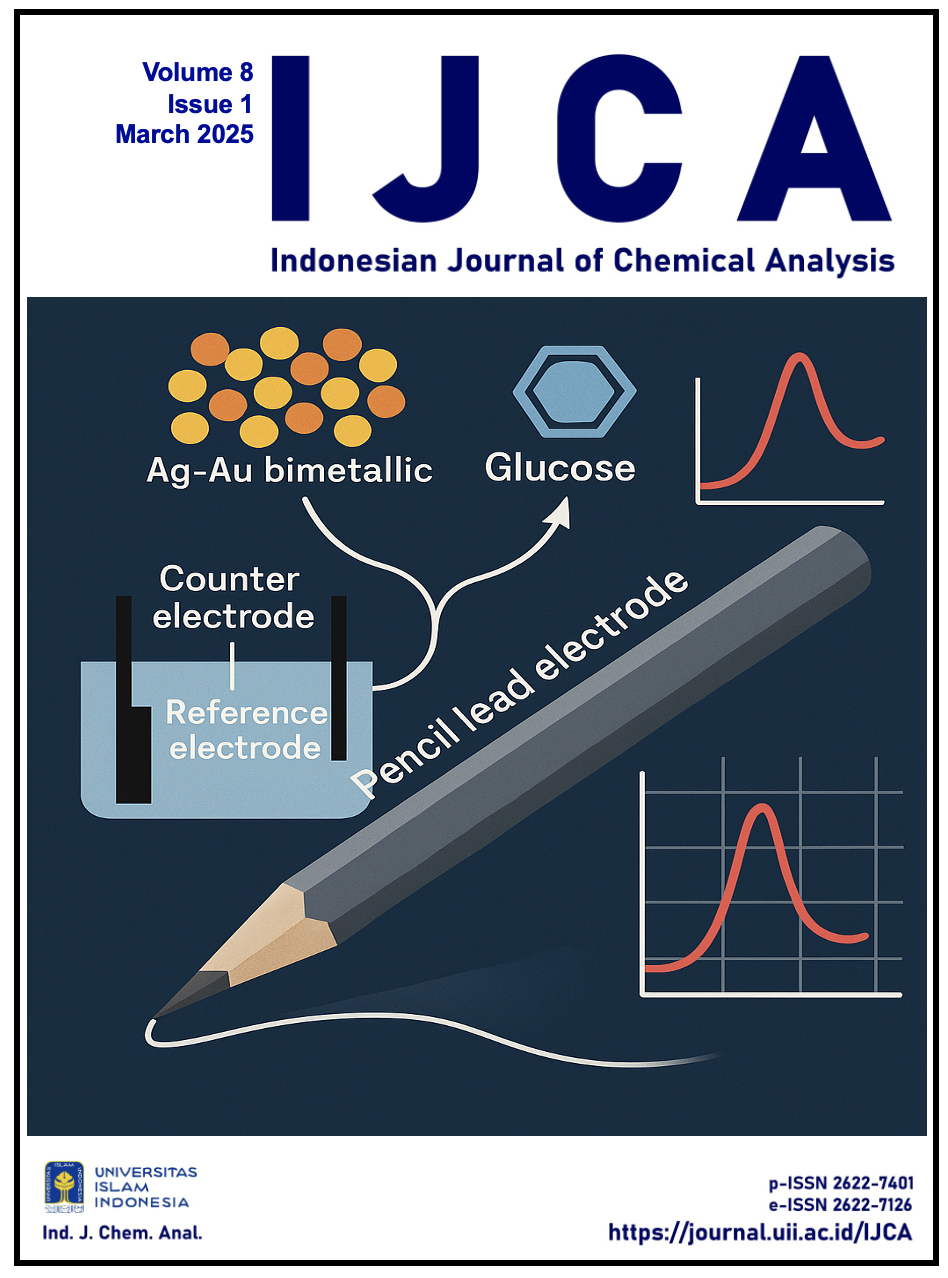Main Article Content
Abstract
Maggot or Black Soldier Fly (BSF) larvae can be used as a source of oil because they have a high lipid content. In this study, the maggot oil extraction process was optimised using the soxhlet method with the assistance of the response surface methodology (RSM) using the Central Composite Design (CCD) research design. Optimization was carried out with variations in the ratio: solvent (1: 7, 1: 10 and 1: 13 g/mL) and extraction time (120, 240 and 360 minutes). The results of the significance test using ANOVA showed that the sample solvent comparison had an insignificant effect (p-value: 0.060). In contrast, the extraction time had a significant effect (p-value: 0.000) on the maggot oil harvest yield. The results of different analyses showed a significant quadratic interaction between the sample solvent comparison (p-value: 0.002) and a significant interaction between the sample solvent comparison and extraction time (p-value: 0.008). The recommended optimal conditions based on optimization using RSM are a combination of a sample solvent ratio of 1:8.5 and an extraction time of 360 minutes with a predicted oil yield of 32.11%. Meanwhile, experimental validation at the recommended optimal conditions produced a yield of 38.68% or greater than the predicted value. The characteristics of the maggot oil obtained had a density of 0.9493 g/mL, a viscosity of 0.92 Pa.s, an air content of 0.0847% w/w, and free fatty acids of 4.56%. The results of GC-MS analysis of maggot oil showed a total of 9 compounds, with the 3 most abundant compounds being oleic acid (52.6%), palmitic acid (24.78%), and lauric acid (12.45%).
Keywords
Article Details
Copyright (c) 2025 Murni Fitria, Livia Rhea Alvita, Feby Ariski Putra, Yeni Variyana, Windia Hanifah

This work is licensed under a Creative Commons Attribution-ShareAlike 4.0 International License.
You are free to:
Share — copy and redistribute the material in any medium or format
Adapt — remix, transform, and build upon the material for any purpose, even commercially
Under the following terms:
Attribution — You must give appropriate credit, provide a link to the license, and indicate if changes were made. You may do so in any reasonable manner, but not in any way that suggests the licensor endorses you or your use.
ShareAlike — If you remix, transform, or build upon the material, you must distribute your contributions under the same license as the original
No additional restrictions — You may not apply legal terms or technological measures that legally restrict others from doing anything the license permits




